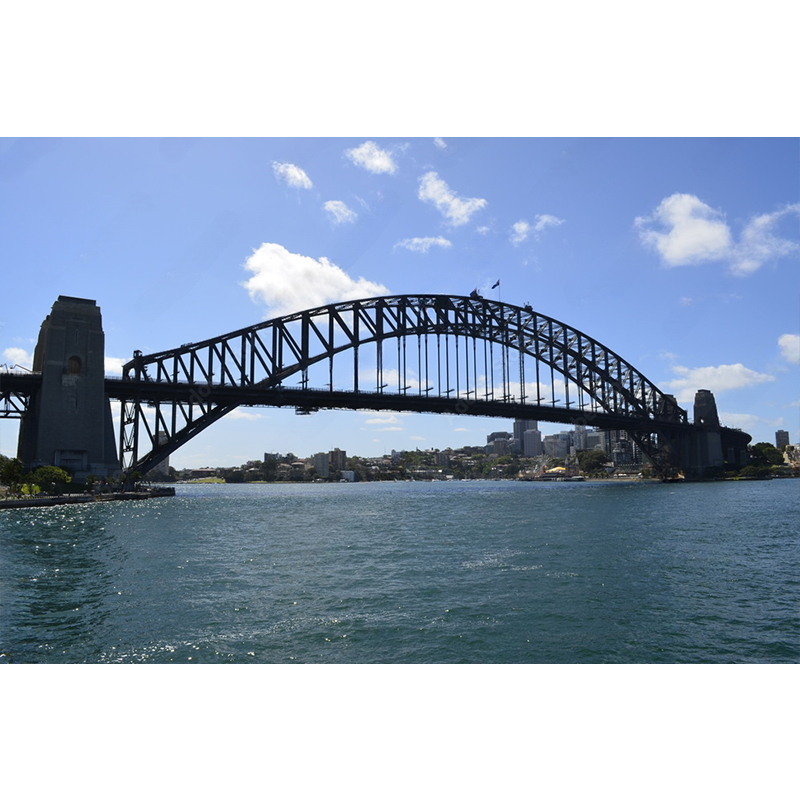Fast, Strong, and Smart: The Modular Construction Advantages of Steel Box Girder Bridges

As infrastructure demands increase globally, especially in urban centers and industrial zones, the need for fast-deploying, high-performance bridge solutions has never been more urgent.
One such solution gaining momentum across continents is the modular steel box girder bridge.
This blog explores how modularity, combined with the structural power of steel box girders, accelerates construction timelines, reduces environmental disruption, and minimizes long-term maintenance costs — all while delivering on safety and performance.
The Problem with Traditional Bridge Construction
Traditional bridge building methods often require months or even years to complete due to on-site casting, labor-intensive formwork, curing time, and unpredictable weather delays. These extended timelines:
Disrupt local traffic and communities
Require longer permitting and coordination
Increase labor and equipment costs
Delay return on infrastructure investment
For commercial or government agencies working on strict timelines, these delays can derail entire projects.
The Modular Advantage
Modular steel box girder bridges leverage factory-controlled fabrication and prefabricated segments to simplify and accelerate on-site assembly.
1. Prefabrication in Controlled Environments
Modules are manufactured in factory conditions, ensuring high weld quality, dimensional accuracy, and consistency across multiple segments.
2. Parallel Site and Fabrication Workflows
While foundations and substructure work proceed on-site, superstructure modules are built off-site. This dual-track process dramatically shortens overall project duration.
3. Rapid On-Site Assembly
Using cranes or launching gantries, modular bridge sections can be erected in a matter of days rather than months. Connections are bolted or field-welded for structural integrity.
4. Reduced Weather Dependency
Since most of the critical work is done off-site, weather interruptions have a limited impact on the schedule.
5. Minimal Traffic Disruption
Some steel box girder modules can be installed overnight, reducing road closure time and minimizing local impact.
How It Works: A Step-by-Step Example
Phase 1: Factory Fabrication
CNC plate cutting
Welding into closed box segments
Anti-corrosion coating
Trial assembly for QA
Phase 2: Site Preparation
Foundation construction
Pier and abutment assembly
Utility relocation if needed
Phase 3: Delivery & Installation
Transportation of modules to site
Lifting into place via crane
Field-welding or bolting of joints
Finishing touches: deck paving, railing, expansion joints
Phase 4: Opening to Traffic
Many WZH-built bridges have gone from module delivery to operational status in under 3 weeks.
Real Project Example: Coastal Logistics Hub, Panama
In early 2024, WZH Build supplied a modular steel box girder bridge for a logistics hub in Panama.
Spanning 80 meters, the bridge included four prefabricated modules.
From delivery to completion, the installation took just 16 days, with a total crew of 12.
The client praised the speed, simplicity, and reduced disruption to cargo operations.
Structural Benefits of Box Girders in Modular Form
Torsional Rigidity: Box sections maintain alignment during lifting and placement.
Compact Cross-Section: Easier transport and urban clearance.
Strength-to-Weight Ratio: Supports heavy vehicle loads with thinner profiles.
Multiple Cell Designs: Accommodate wide traffic lanes and utility conduits.
Environmental and Cost Considerations
Less On-Site Waste: Clean factory fabrication reduces environmental footprint.
Fewer Labor Hours: Smaller, more skilled crews needed.
Reusability: In some temporary applications, modules can be relocated.
Lifecycle Cost Efficiency: Lower maintenance needs than concrete counterparts.
Why Modular Makes Sense for Today’s Infrastructure
Governments and private sector developers alike are realizing that modularity is not just a buzzword—it’s a scalable strategy. Steel box girder modules allow for:
Emergency bridge replacements
Disaster recovery infrastructure
Remote site access
Urban overpasses where time and space are limited
At WZH Build, we combine design engineering, custom fabrication, and global delivery to bring modular box girder bridges to projects of any size.
Modular steel box girder bridges are changing the game for infrastructure delivery. aster construction, lower risk, and optimized resource use make them the perfect answer to modern civil engineering challenges. hether you’re planning a government-funded flyover or an industrial transport corridor, modular steel bridges are the future — and WZH Build is ready to deliver.





